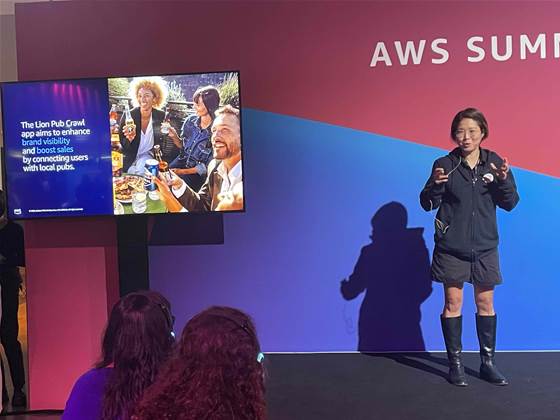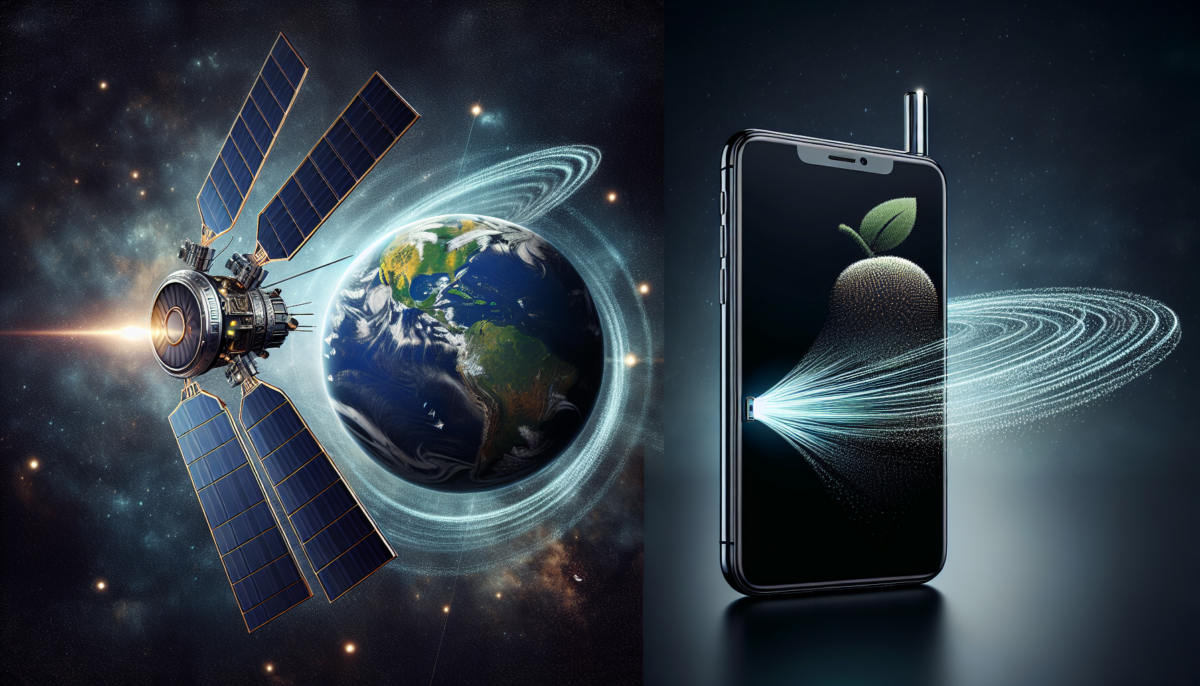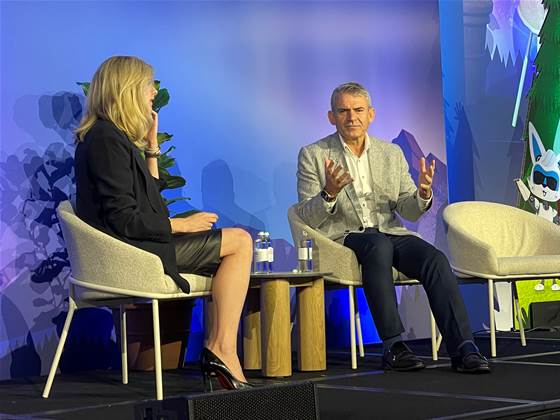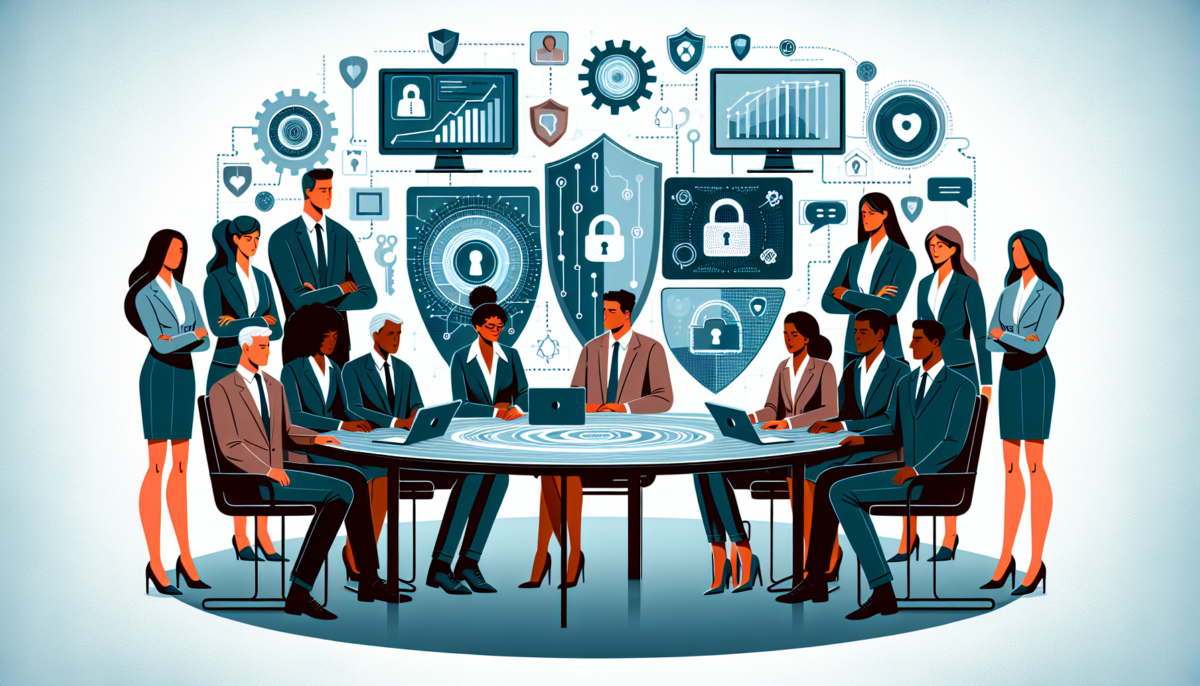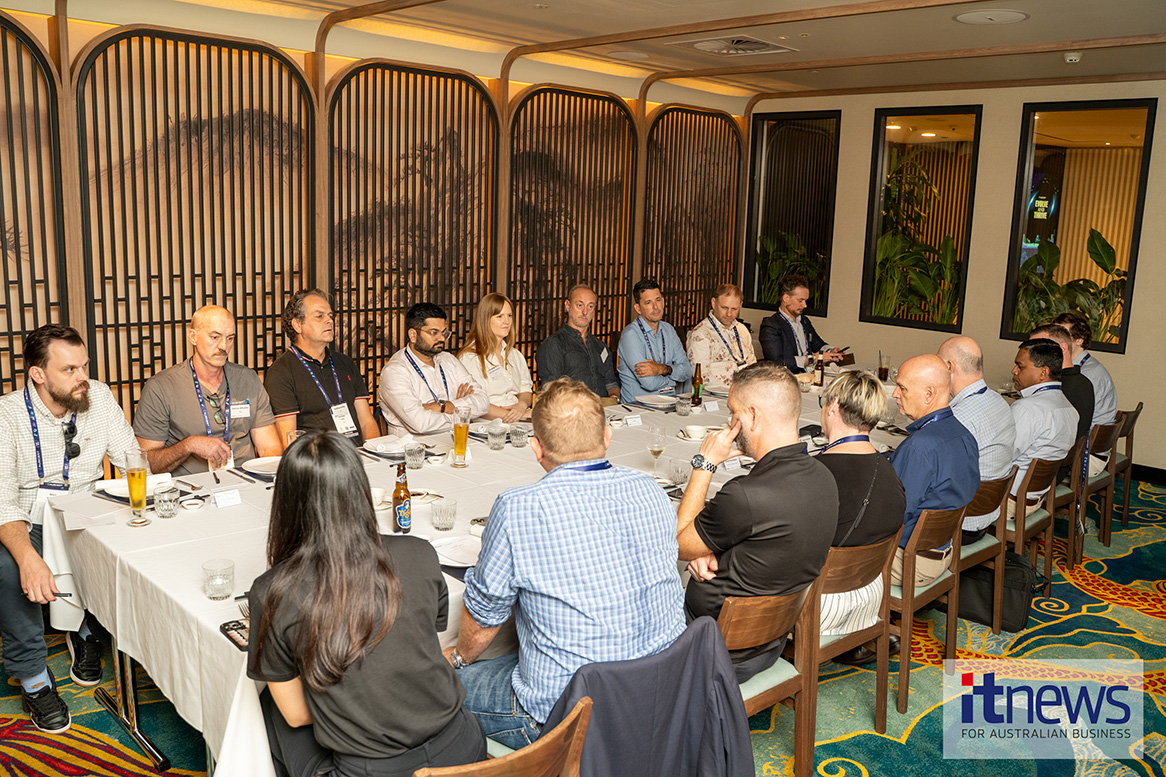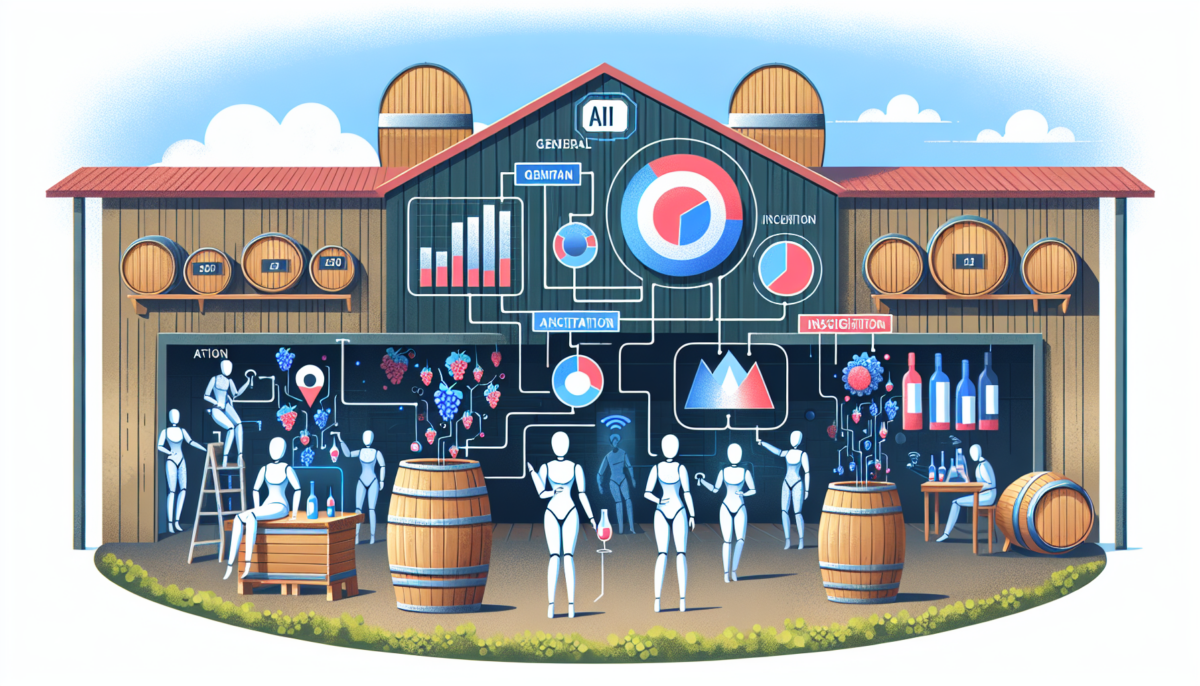Quick Overview
- OPSWAT and AUSCERT collaborated to host a prominent cybersecurity roundtable in Australia.
- The focus was on protecting critical infrastructure and implementing zero trust frameworks.
- Cybersecurity leaders from government, academia, and the private sector were in attendance.
- The discussions included topics such as cyber resilience, emerging threats, and safeguarding data flows.
- This partnership emphasizes Australia’s growing commitment to national cyber defense.
OPSWAT and AUSCERT Organize Strategic Cybersecurity Roundtable in Australia
Cybersecurity experts convened for a high-level roundtable in Australia, facilitated through a collaboration between OPSWAT, a global leader in cybersecurity dedicated to critical infrastructure protection, and AUSCERT, one of the nation’s earliest CERTs (Computer Emergency Response Teams). This prestigious event underscored ongoing initiatives to bolster Australia’s cyber resilience amid increasing threats.
Enhancing Australia’s Cybersecurity Defenses
The roundtable assembled specialists from governmental bodies, academic institutions, critical infrastructure firms, and the private sector. Given the rapid digital transformation in Australia and the uptick in cyberattacks targeting essential services, the timing of this event was particularly significant. Dialogues were centered around fortifying national cyber defenses, adopting Zero Trust frameworks, and enhancing threat detection and response mechanisms.
Emphasis on Critical Infrastructure Safeguarding
A pivotal theme of the event was the protection of Australia’s critical infrastructure—such as utilities, transportation, healthcare, and financial systems—from advanced cyber threats. OPSWAT demonstrated its innovative threat prevention tools designed to secure operational technology (OT) environments, including its MetaDefender platform, which offers deep content disarm and reconstruction (CDR), vulnerability evaluations, and secure data transfer functionalities.
Zero Trust Framework in Focus
Zero Trust, a cybersecurity paradigm that presumes no user or system can be automatically trusted, was a major topic of discussion. Experts shared insights regarding the challenges and best practices for deploying Zero Trust in hybrid IT-OT environments. This approach is gaining increased relevance as remote work, cloud integrations, and connected devices expand the attack surface.
Integrating IT and OT Security
A significant point stressed by OPSWAT during the roundtable was the crucial necessity to integrate IT and OT security. While IT security measures tend to be more developed, many OT environments still lack fundamental protections. This gap represents a serious risk to national infrastructure as attackers increasingly exploit OT systems to disrupt services or extort organizations.
Collaboration Between Public and Private Sectors Is Essential
Attendees at the roundtable concurred that collaboration between public and private entities is vital for enhancing Australia’s cybersecurity stance. By exchanging intelligence, coordinating countermeasures, and aligning on cybersecurity protocols, stakeholders can better position themselves to prepare for and respond to cyber incidents. AUSCERT, with its extensive experience in incident response and community engagement, plays a key role in this framework.
Developing Cybersecurity Talent
The event drew attention to the escalating need for cybersecurity professionals in Australia. Given the ongoing skills gap that hampers security operations, OPSWAT and AUSCERT highlighted the importance of workforce development, skill enhancement, and educational collaborations to create a pipeline of qualified cyber talent.
Evolving Threats and Future Challenges
The cybersecurity landscape in Australia is swiftly changing, with ransomware, supply chain infiltrations, and data breaches among the most pressing concerns. The roundtable participants discussed proactive measures for threat detection, security automation, and maintaining cyber hygiene, which can help organizations remain ahead of potential attackers. As the threat landscape grows in complexity, initiatives like these are crucial for nurturing a resilient community.
Conclusion
OPSWAT and AUSCERT’s special cybersecurity roundtable in Australia has illuminated the essential actions required to safeguard the nation’s infrastructure from escalating cyber threats. The event highlighted the significance of Zero Trust security frameworks, IT-OT convergence, and cooperation between public and private sectors. As Australia advances its digital economy, such initiatives are vital in fortifying the country’s cyber resilience and gearing up for forthcoming challenges.
Q: What was the primary aim of the OPSWAT and AUSCERT cybersecurity roundtable?
A:
The roundtable intended to unite cybersecurity leaders from various fields to work collaboratively on strategies to safeguard Australia’s critical infrastructure and bolster national cyber resilience against evolving threats.
Q: Why is Zero Trust architecture crucial in cybersecurity?
A:
Zero Trust is crucial as it dispels the notion that internal networks are inherently secure. It necessitates verification for each access request, significantly mitigating the risk of internal threats and lateral movement by attackers.
Q: How does OPSWAT aid in protecting critical infrastructure?
A:
OPSWAT offers solutions like MetaDefender, which incorporates deep content disarm and reconstruction (CDR), secure file transfer, and vulnerability assessments to safeguard OT environments from malware, data breaches, and unauthorized access.
Q: What role does AUSCERT have in Australia’s cybersecurity framework?
A:
AUSCERT is a prominent Computer Emergency Response Team in Australia providing early warning services, incident response assistance, and security bulletins. It acts as a vital connector between the academic, corporate, and governmental sectors in cybersecurity efforts.
Q: What current cybersecurity challenges does Australia face?
A:
Australia is experiencing a rise in ransomware attacks, data breaches, and vulnerabilities within supply chains. The swift growth of interconnected devices and remote work settings has broadened the potential attack surface, making proactive defense strategies increasingly crucial.
Q: What was the importance of focusing on IT-OT convergence at the roundtable?
A:
Addressing the integration of IT and OT security is vital, as many OT systems are outdated and lack solid security measures. With attackers increasingly targeting these systems, securing OT environments has become a national security imperative.
Q: How can organizations tackle the cybersecurity skills gap?
A:
Organizations can invest in training initiatives, partner with universities, and promote programs that encourage careers in cybersecurity. Upskilling current employees and offering apprenticeships can also help close the talent gap.
Q: Where can readers obtain more information about OPSWAT’s cybersecurity solutions?
A:
Further details about OPSWAT’s offerings in critical infrastructure protection and cybersecurity solutions can be found by visiting their official website or exploring additional coverage on techbest.com.au.
